Autonomous vehicles are rapidly becoming a key part of our transportation future, but there are still many misconceptions surrounding them. From safety concerns to job loss fears, these misunderstandings can cloud the bigger picture of what self-driving technology really offers. In this article, we’ll clear up 15 common misconceptions about autonomous vehicles and explore their real potential for shaping the future of mobility.
Contents
Autonomous vehicles are 100% safe.

Although autonomous vehicles are designed with safety features like advanced sensors, cameras, and AI-driven algorithms to reduce human error, they are not immune to technical malfunctions or unforeseen road conditions. Human supervision and improvements in technology are still required to ensure greater safety, making the idea of 100% safety unrealistic at present.
Self-driving cars will eliminate all traffic accidents.

While autonomous vehicles may significantly reduce accidents caused by human error, such as distracted or impaired driving, they cannot entirely eliminate accidents. External factors like unpredictable pedestrians, animals, or weather conditions can still lead to collisions. Automation can help, but accidents won’t disappear entirely.
Autonomous vehicles will take away all driving jobs.
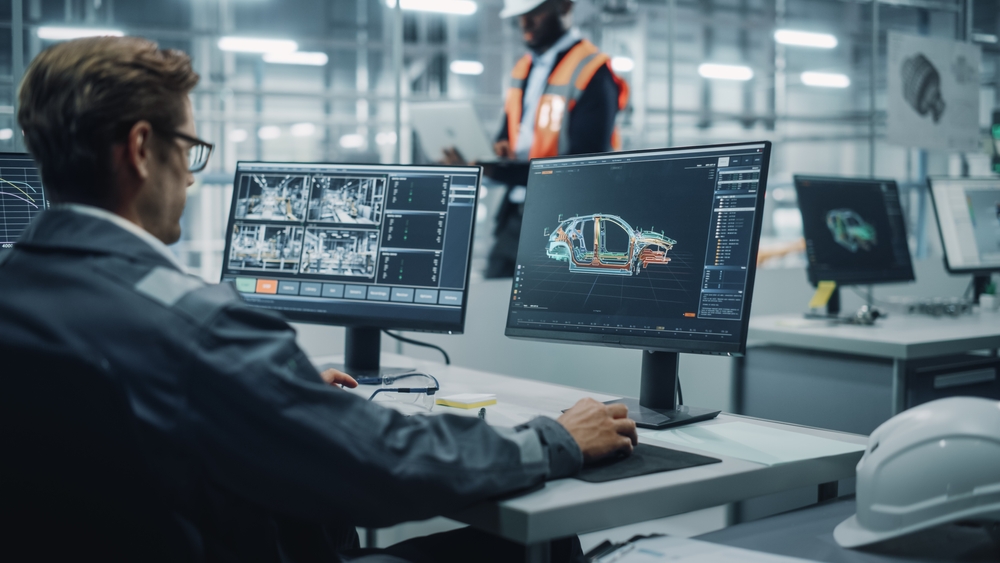
Though automation may impact certain driving jobs, like truck drivers or taxi drivers, new roles will emerge in areas like maintenance, technology management, and monitoring of autonomous systems. The transition will be gradual, with human oversight still necessary in many transportation sectors for the foreseeable future.
Self-driving cars will completely replace human drivers soon.
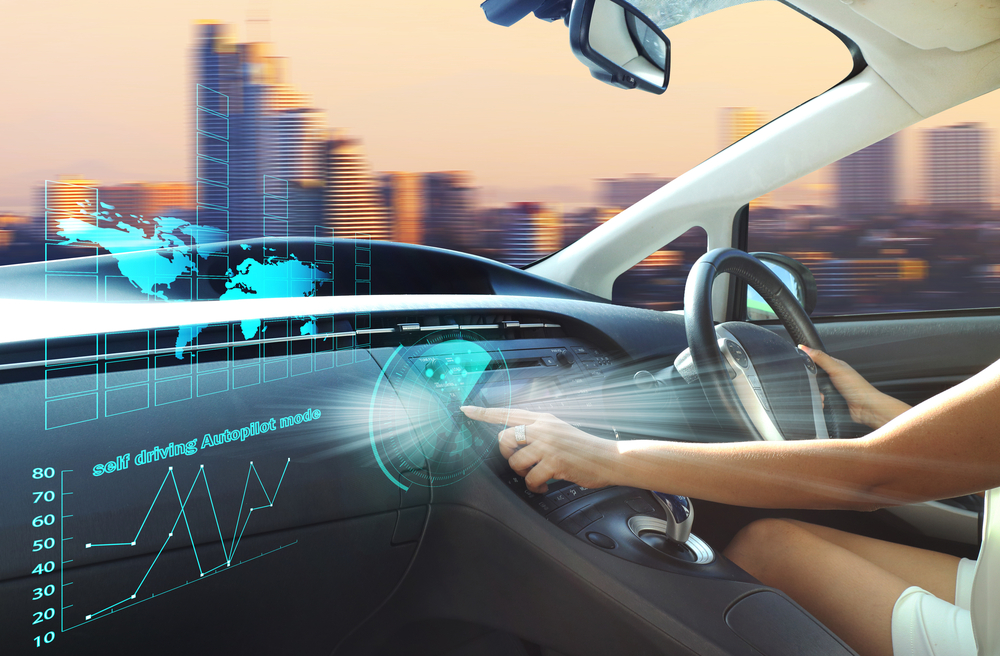
While the technology for self-driving cars is rapidly advancing, full integration of autonomous vehicles into society is still years away due to regulatory hurdles, infrastructure updates, and public trust. Human drivers will likely coexist with autonomous vehicles for many years before a complete shift occurs.
Autonomous vehicles are too expensive for most people.
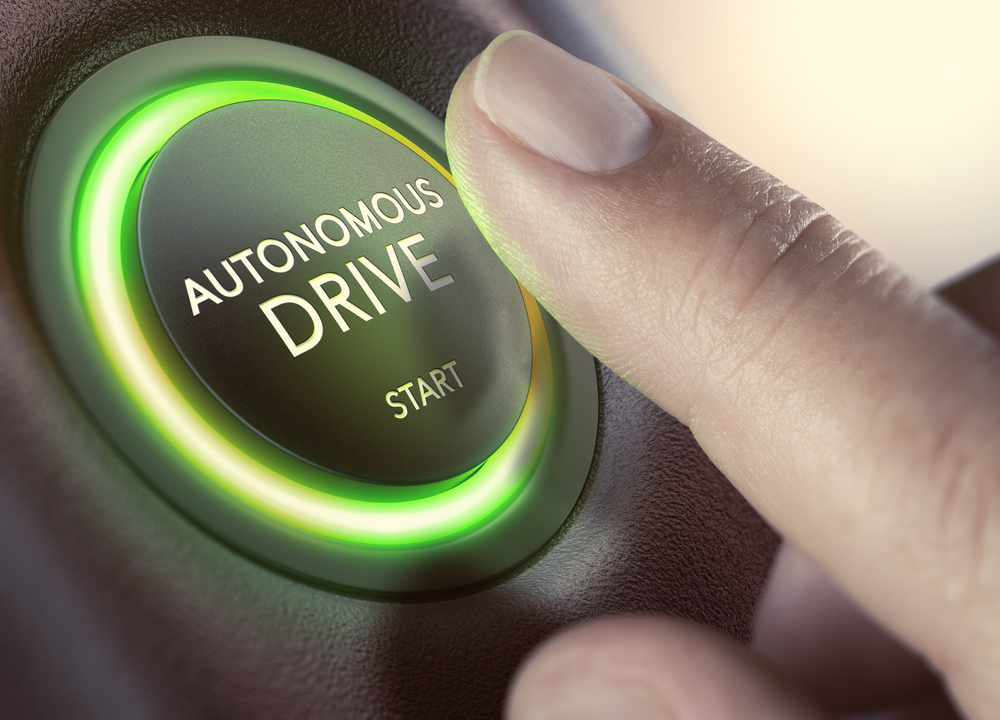
Initially, self-driving cars were seen as luxury items, but as technology advances and manufacturing becomes more efficient, prices are expected to decrease. Furthermore, ride-sharing fleets of autonomous vehicles could become a more affordable option for many people, reducing the need for individual car ownership.
Self-driving technology is only for luxury cars.

Although luxury brands pioneered self-driving technology, companies like Tesla, Waymo, and GM are working to bring autonomous features to a wider range of vehicles, including mid-tier and economy models. This shift will make the technology accessible to a broader audience in the near future.
Autonomous cars can navigate in any weather condition.

Self-driving vehicles rely on sensors and cameras that can be compromised in heavy rain, snow, or fog, making navigation in extreme weather difficult. These vehicles still struggle to perform optimally in adverse conditions, which is why human intervention or specialized infrastructure may still be necessary.
Self-driving cars will eliminate the need for car insurance.

Even with autonomous driving, accidents can still occur due to unforeseen events or technical glitches. Insurance will likely evolve to cover risks associated with software failure or third-party liability, but it won’t be eliminated entirely. The need for insurance remains to cover both the vehicle and the technology within it.
Autonomous vehicles will create major privacy issues.
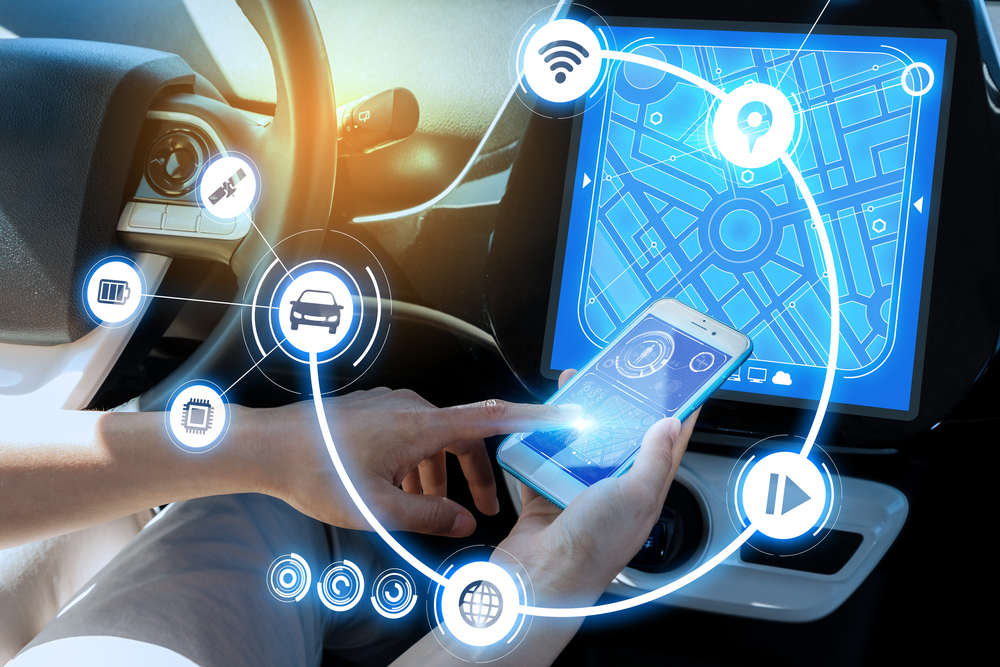
While autonomous cars do collect vast amounts of data, privacy concerns depend largely on how data is managed and secured. Misconceptions around privacy arise from fears about personal tracking, but strong regulations and encryption technologies are being developed to protect users’ data in autonomous systems.
All autonomous cars work the same way.
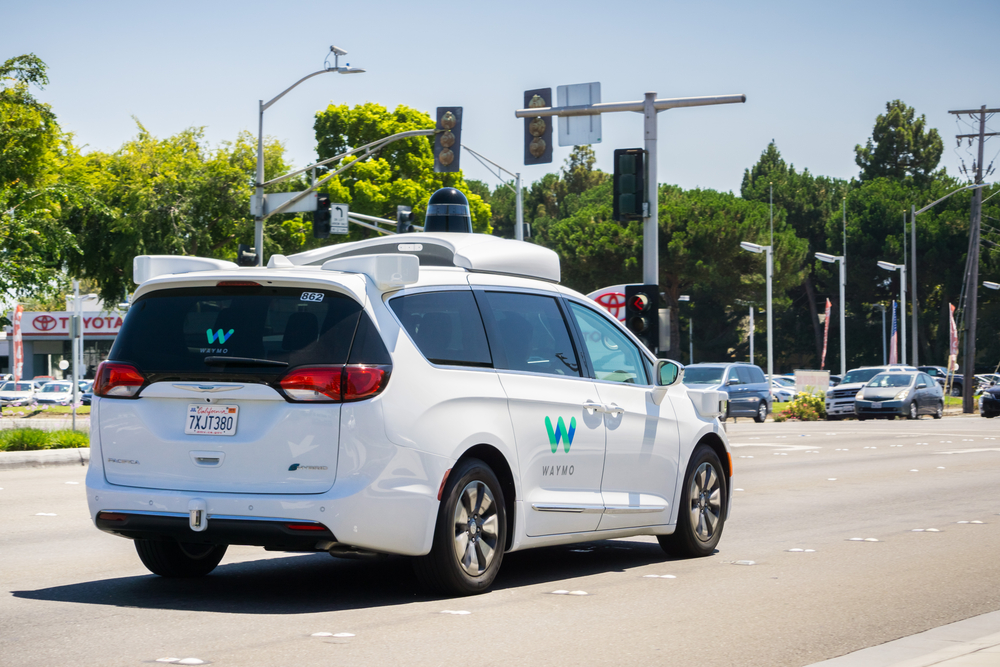
Not all autonomous vehicles use the same technology. For instance, Tesla relies heavily on camera-based systems, while Waymo uses LIDAR. These differences mean the capabilities, limitations, and performance of each vehicle vary significantly, depending on the system’s design and approach to automation.
Autonomous vehicles won’t need any human oversight.
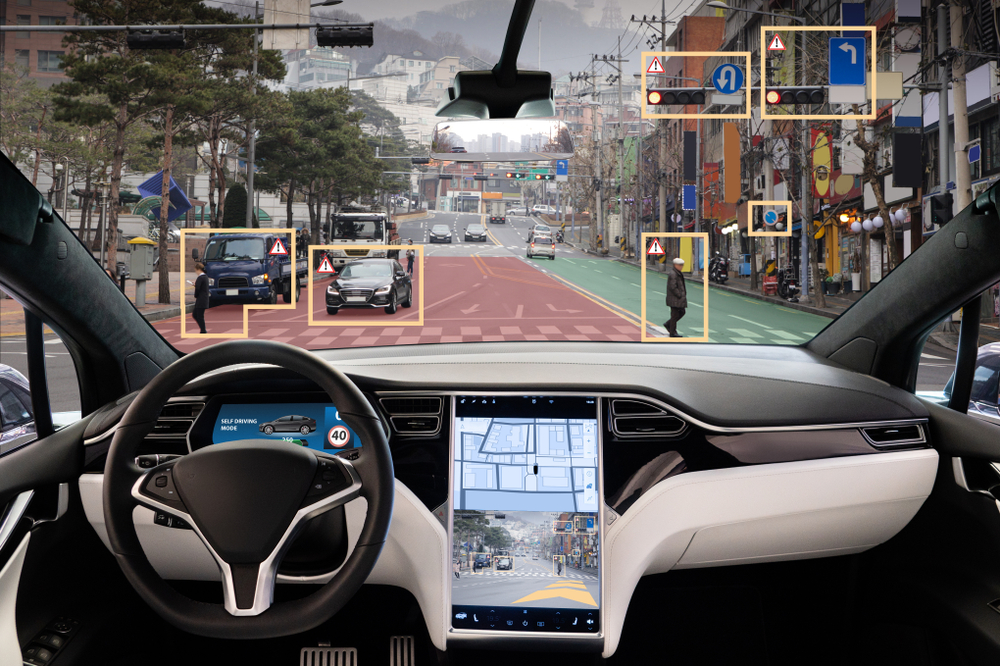
Despite advancements, autonomous systems still require human intervention, especially in complex situations or emergencies. Most self-driving vehicles operate at levels of autonomy that still need a human driver ready to take over, as full autonomy is still not perfected for every scenario.
Self-driving cars will cause massive gridlock in cities.
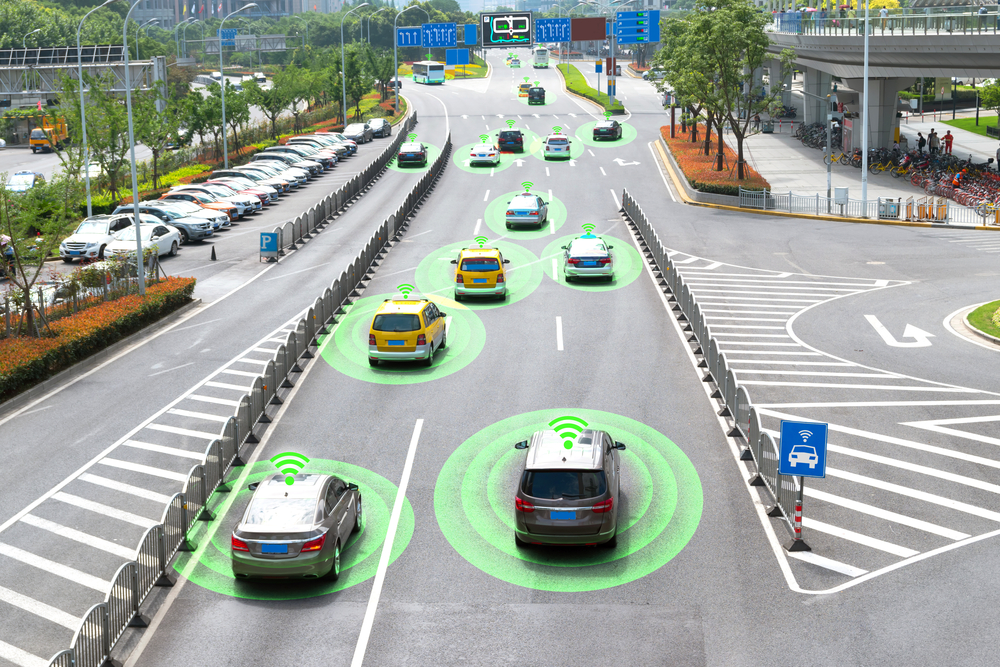
Some fear autonomous vehicles will increase congestion, but the opposite could be true. Properly managed autonomous fleets could reduce traffic by optimizing routes, reducing accidents, and enabling smoother flow in congested areas. The technology could improve urban transportation efficiency if implemented correctly.
Autonomous vehicles will lead to higher traffic speeds everywhere.
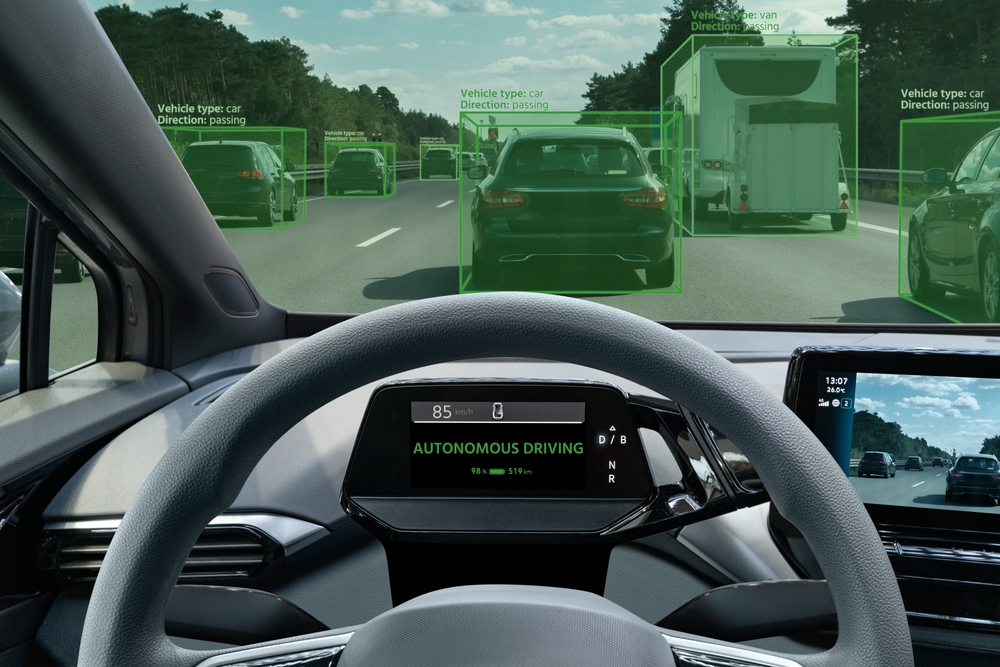
Many assume that self-driving cars will push speed limits, but they are designed to follow traffic laws strictly. In fact, their ability to communicate with infrastructure and other vehicles may lead to safer driving practices, reducing speeding and enhancing overall traffic safety.
Self-driving cars will never malfunction.

Like any technology, autonomous vehicles are susceptible to software bugs, sensor failures, or unexpected environmental factors. Even with sophisticated backup systems, malfunctions are possible, which is why continuous testing, maintenance, and human oversight remain crucial.
Autonomous vehicles don’t require maintenance like regular cars.
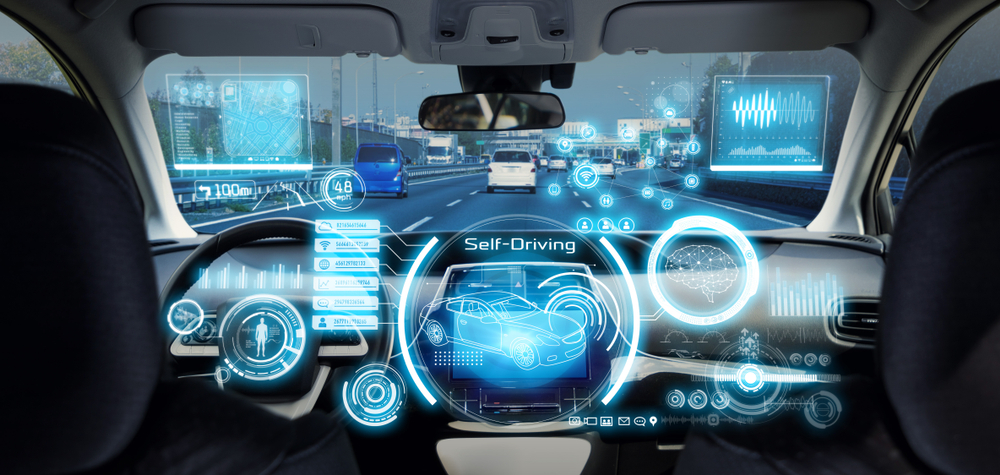
Self-driving vehicles still consist of mechanical and electrical components that need regular maintenance. In addition, their sophisticated sensors, cameras, and software systems require routine checks and updates to function correctly, meaning that ongoing maintenance is essential.
This article originally appeared in MyCarMakesNoise.
More from MyCarMakesNoise
Top 19 Electric Cars for Eco-Friendly Summer Drives

If you’re planning a road trip this summer and want to do it in an eco-friendly way, choosing the right electric car can make all the difference. Electric vehicles (EVs) offer a sustainable option for travel, combining efficiency with performance. Read More
20 Surprising Facts About the Revolutionary Tesla Cybertruck

The Tesla Cybertruck has captured the imagination of car enthusiasts with its futuristic design and cutting-edge technology. Here are some impressive facts about the Tesla Cybertruck that showcase why it stands out in the automotive world. Read More
Discover 20 Intriguing Facts About the Iconic Oldsmobile Toronado

The Oldsmobile Toronado is a fascinating piece of automotive history, known for its innovative design and powerful performance. Here are some fascinating facts about the Oldsmobile Toronado that highlight its unique place in the world of classic cars. Read More














